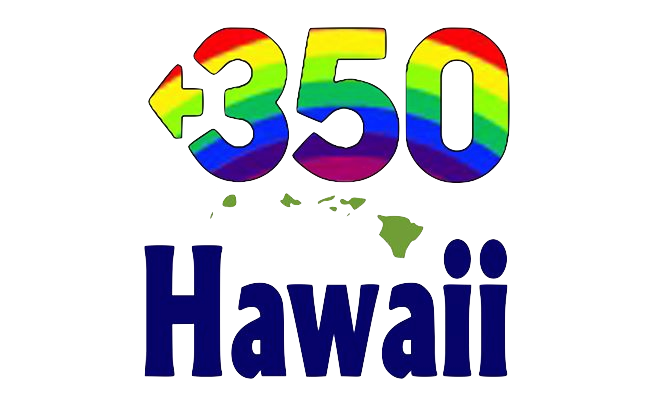A visitor recently questioned the headline on our homepage.
“Hit harder” refers to three ways climate change effects can be quantified: the number of types of effects, the severity of the effects, and the percentage of a state’s area affected.
The 18 types of effects listed on our homepage are very likely more than most other states. For example, only coastal states need worry about hurricanes, beach loss, sea level rise, and endangered fisheries. Very few need deal with severe damage to tourism, closed hotels and lost jobs, sea water mixing with drinking water, and dying coral reefs. We’re the only state that will experience decreased trade winds.
The severity of the effects very likely surpasses most states: more Category 4 and 5 hurricanes that have barely missed us in recent years; the coming devastation to our economy’s largest source of income, tourism; our vulnerability to shortages of imported necessities like food and medicine, and unimportable necessities like water and electricity; and our statewide vulnerability to SLR.
Finally, Hawaii’s diverse geography makes vast areas of it vulnerable to climate change in different ways. SLR, beach erosion and damage to roads, structures, cultural sites and tourism around the perimeter of every island; avian malaria in the mountains; coral reef bleaching in widespread areas; heat waves in areas like the Ewa plain; and endangered fisheries in much of the surrounding ocean.
We have not done exhaustive research on these three metrics in every state. But the lists above lead us to conclude that Hawaii will be “hit” at least as hard as any other state, and it’s very likely that the cumulative effects will amount to a harder hit here than any other single state in the U.S.
Also consider:
Effects of climate change in Hawaii include increases in the number of wildfires, sea surface and air temperatures, coastal erosion and extreme rain, Fletcher said. The state has also set new records in the occurrence of tropical cyclones and recorded more hurricanes, such as 2018’s Lane and Hector, in surrounding waters, he added.
In 24 hours, nearly 50 inches of rain fell in Kauai last April, causing flooding and setting a record for the United States.
http://www.hanaleiwatershedhui.org/the-science/climate-change-hawaii
According to the U.S. climate change report, small islands are considered among the most vulnerable to climate change because extreme events have major impacts on them.
Also in a worst-case scenario: Sea level rise of up to 3.2 is possible as early as 2060.
That means by 2060, 38 miles of major roads would be chronically flooded, nearly 550 Hawaiian cultural sites flooded, and more than 6,500 structures and 25,800 acres of land near the shoreline would be unusable or lost, displacing roughly 20,000 residents.


